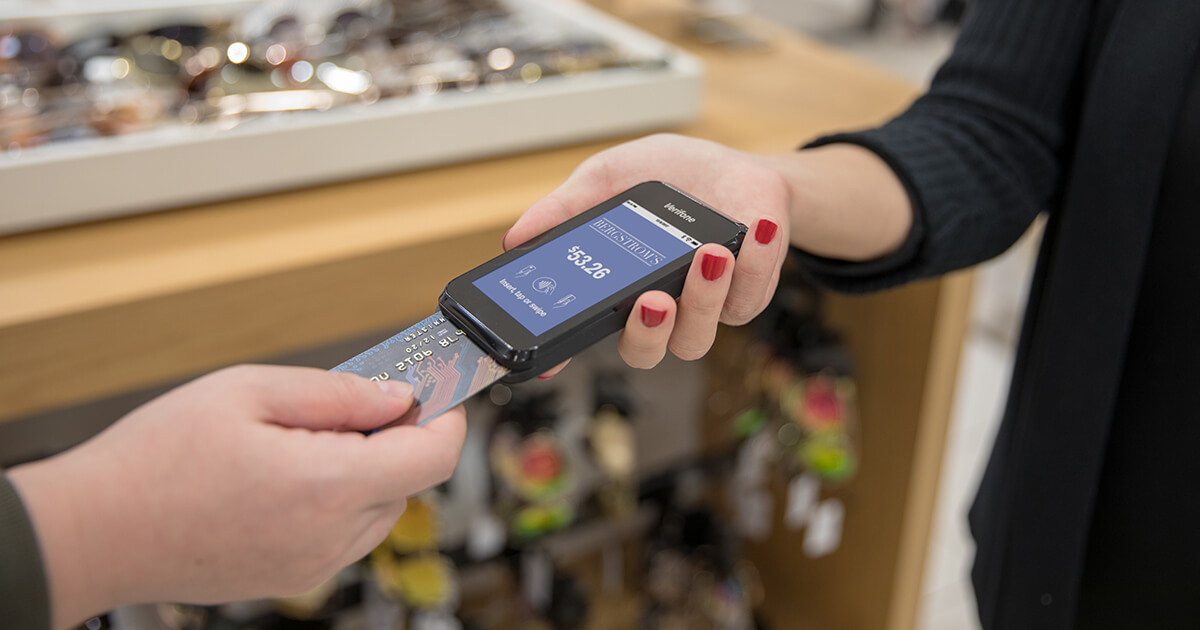
Massive data breaches that result in stolen credit cards have been regularly making headlines over the past few years, so the credit card industry is working to build protections that can reduce the amount of credit card fraud. For retailers, it is incredibly important to understand the requirements that need to be met in order to ensure that you are not liable for any fraud. One particular area that is important for retailers to be aware of is EMV Compliance.